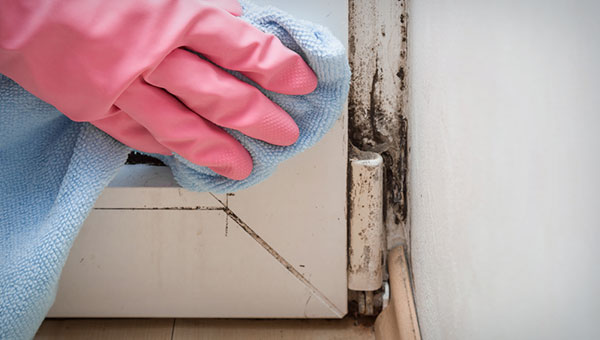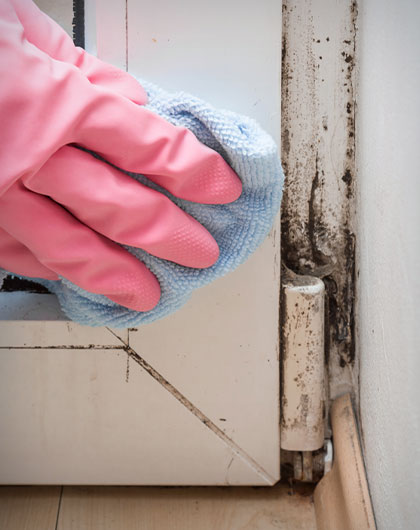
Mold is a stubborn problem, and homeowners often turn to DIY solutions like rubbing alcohol. But does it actually work?
Desperate homeowners often reach for DIY remedies to save time and money. But surface-level cleaning rarely addresses hidden spores or the underlying cause (like leaks or poor ventilation). While a bottle of rubbing alcohol or a bleach spray might seem like an easy fix, these quick solutions often fail to tackle the real problem: the moisture fueling mold's growth. Without professional-grade tools and expertise, mold almost always returns - sometimes worse than before.
That's where FDP Mold Remediation steps in. We don't just clean mold - we eradicate it. With over 20 years of experience, our certified experts combine cutting-edge technology with industry-approved methods to eliminate mold at its source. Whether you're battling a small bathroom patch or a full-blown infestation, we provide safe, professional mold solutions that DIY hacks can't match.
Ready to learn when rubbing alcohol works - and when it's time to call the pros? Let's dive in.
Isopropyl alcohol (rubbing alcohol) kills mold by breaking down its cell structure on contact. Think of it like this: Alcohol dissolves the mold's protective outer layer, dehydrates it, and disrupts its proteins - essentially causing the mold to “self-destruct.”
However, there's a catch: Alcohol is a surface-level solution. It can't penetrate deep into materials to kill hidden spores or root systems. That's why mold often reappears after cleaning with alcohol alone.
Effective On:
Ineffective On:
Even if rubbing alcohol seems to work at first, it has one critical flaw: It doesn't address the cause of mold growth. Without fixing moisture problems (like leaks or high humidity), mold will keep coming back - often stronger than before.
Rubbing alcohol can be a temporary fix for minor mold on hard surfaces, but it's not a long-term solution. For anything beyond a small, surface-level issue, professional remediation is the only way to fully eliminate mold - roots and all.

If you're dealing with a small mold patch (less than 10 sq. ft.) on a hard, non-porous surface, here's how to use rubbing alcohol safely:
Seventy percent isopropyl alcohol works best - it penetrates mold better than 90% or 99% solutions, which evaporate too quickly.
If any of these apply, it's time to call FDP Mold Remediation before the problem gets worse.
Alcohol doesn't solve mold problems - it hides them. While it may seem like an easy fix, rubbing alcohol only creates the illusion of clean surfaces while leaving the real danger untouched.
It's a surface solution for a deep problem. Alcohol kills what you can see but ignores the mold roots growing beneath. Like cutting weeds without pulling the roots, the mold always grows back - often stronger than before.
Mold deep inside porous materials laughs at alcohol's efforts to get to it. Moldy drywall, mold on wood, and insulation can't be treated properly by alcohol. You might wipe away surface stains, but the infestation continues spreading invisibly inside your walls.
You're wasting time and money. Every alcohol treatment that fails means mold gets worse, remediation gets harder, and costs go up. What starts as a small patch can turn into a major infestation because DIY solutions don't work.
The truth? Alcohol might buy you time for small surface spots, but it's not a solution. Real mold removal requires professional tools and expertise to get to the root of the problem - literally.
Treating mold with vinegar and hydrogen peroxide might work better than alcohol for small mold patches - they penetrate slightly deeper and don't evaporate as fast. But let's be honest:
Here's the hard truth:
These are still just temporary fixes. They might clean what you see today, but without addressing moisture sources and deep contamination, mold always comes back.
While DIYers play with kitchen ingredients, professionals use:
The bottom line?
If you're tired of the mold merry-go-round, it's time to stop experimenting and start eliminating. Because mold shouldn't be a recurring chore - it should be gone.
Your DIY efforts failed - now what? If mold keeps coming back no matter how much you clean, it's screaming for professional help. That "small spot" you keep scrubbing is just the tip of the iceberg.
These are the red flags that demand expert intervention:
We don't clean mold - we annihilate it. Our industrial-grade HEPA vacuums remove spores most cleaners miss entirely. Antimicrobial treatments don't just remove mold - they create protective barriers against future growth.
We play detective with moisture. Our infrared scanners find hidden water sources you'd never spot. Fix the water, and you prevent mold from returning.
Your safety comes first. While DIYers risk spreading spores, our containment systems and EPA-approved methods ensure mold leaves without taking your health with it.
This isn't cleaning - it's mold warfare. And we bring the heavy artillery. When home remedies fail, our certified technicians succeed where bleach and alcohol can't.
Stop the endless cleaning cycle. When mold outsmarts DIY solutions, real solutions start with one call to FDP Mold Remediation.
Alcohol, vinegar, peroxide - they all have one thing in common: They're temporary fixes for a problem that demands a permanent solution.
Yes, rubbing alcohol can wipe away mold spots on a surface - but if you're dealing with anything more than a minor spot, you're just delaying the inevitable. Mold doesn't go away with wishful thinking. It thrives in hidden places, spreads through your air, and comes back stronger every time you "clean" it improperly.
If you're tired of:
- then it's time for a real solution.
FDP Mold Remediation doesn't just clean mold - we erase it. Our experts use industrial-grade equipment, EPA-approved treatments, and moisture control strategies to ensure mold doesn't just disappear today - it stays gone for good.
Let it sit for at least 5-10 minutes to penetrate and kill mold cells. Then scrub and wipe clean. Repeat if necessary.
Vodka may kill some mold on surfaces, but it's not as effective as 70% isopropyl alcohol. Most vodka is only around 40% alcohol, which isn't strong enough to fully kill mold spores or deeply embedded growth.
Bleach is stronger on non-porous surfaces and may kill mold spores, but it's harsher and can damage materials. Rubbing alcohol is gentler, evaporates cleanly, and is safer for some surfaces like electronics or leather. For deep mold or porous materials, neither is ideal - professional treatment is best.



